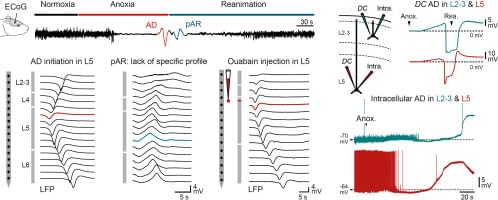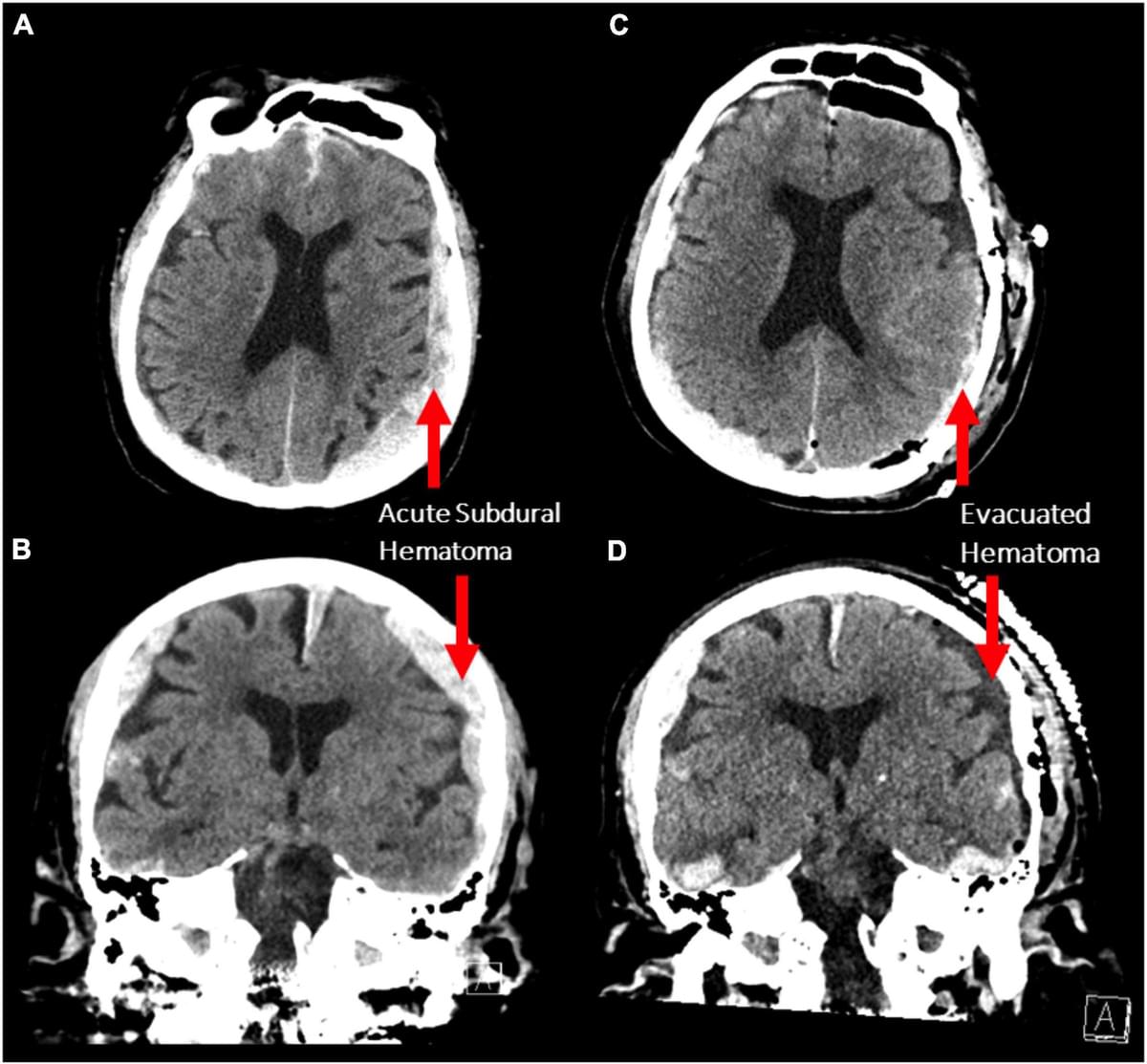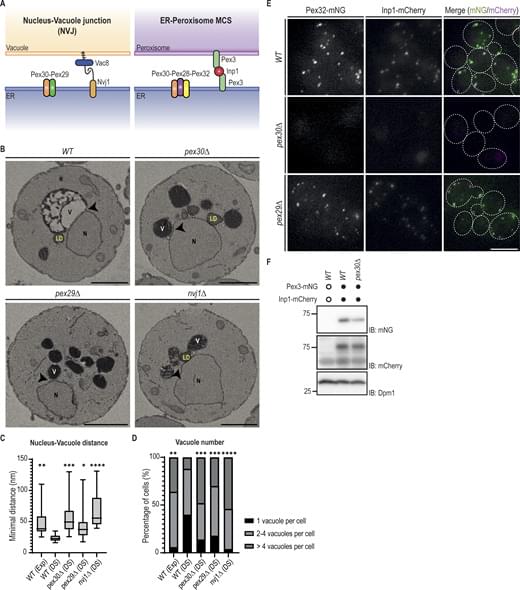In 2025, China tech is no longer just catching up—it’s rewriting the rules. From quantum computers that outperform U.S. supercomputers to humanoid robots priced for mass adoption, China tech is accelerating at a pace few imagined. In this video, Top 10 Discoveries Official explores the 8 cutting-edge breakthroughs that prove China tech is reshaping transportation, AI, clean energy, and even brain-computer interfaces. While the West debates and regulates, China tech builds—from driverless taxis and flying cars to homegrown AI chips and thorium reactors. Watch now to understand why the future might not be written in Silicon Valley, but in Shenzhen.
#chinatech #chinaai #chinanews #top10discoveriesofficial







